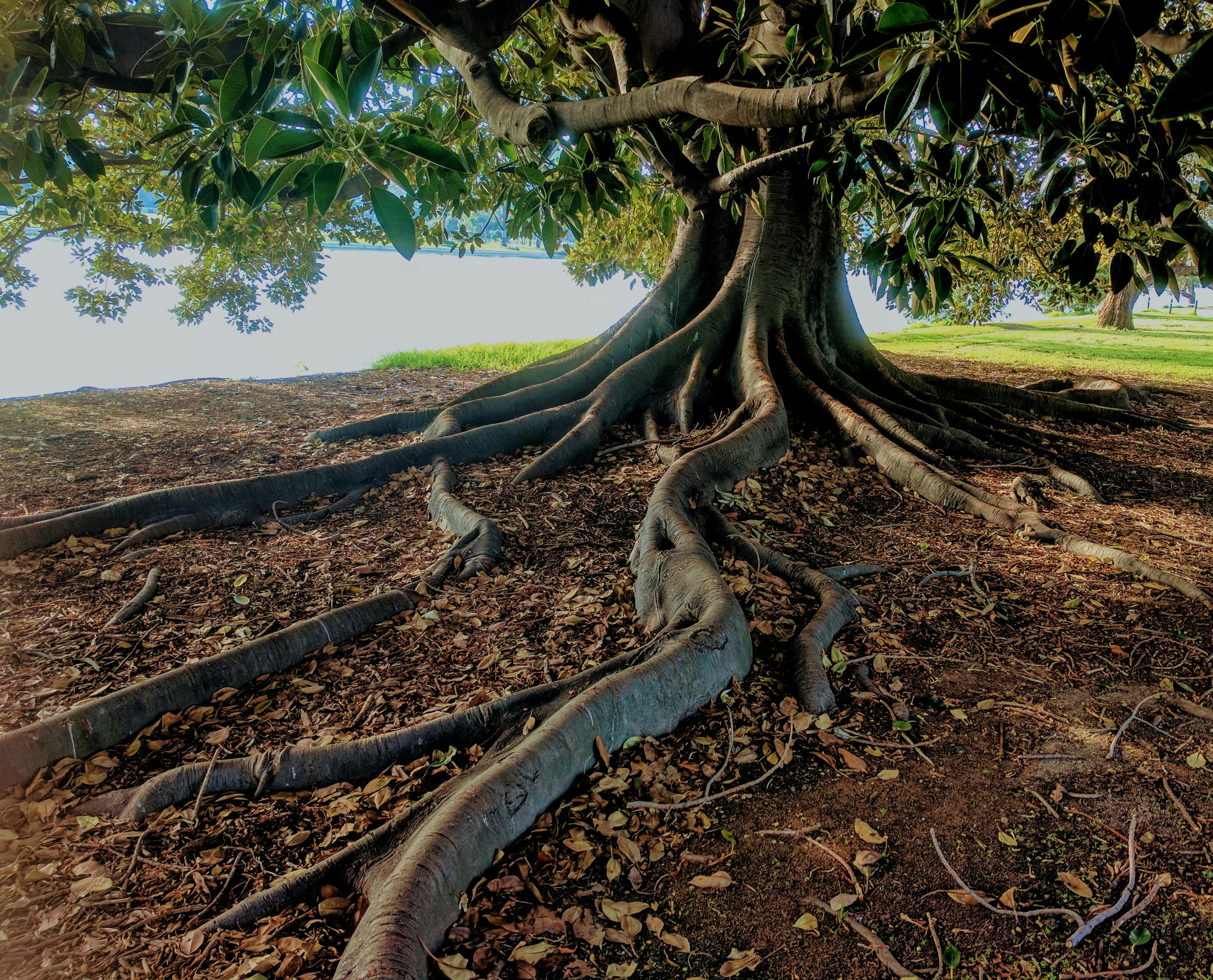Understanding Tree Pruning: Timing, Tips, and Expert Help in the UK
Pruning is crucial for healthy trees, but timing and technique matter. In the UK, understanding types of trees helps optimize growth. • Discover ideal pruning seasons • Learn basic DIY pruning tips • Weigh the benefits of hiring experts • Find budget-friendly maintenance ideas.

When is the best time to prune trees in the UK?
Timing is crucial for pruning trees in the UK, as different species have varying growth patterns and responses to pruning. Generally, late winter to early spring, just before the new growth begins, is an ideal time for most deciduous trees. This period allows for better visibility of the tree’s structure and minimizes sap loss. However, some exceptions exist:
-
Oak and elm trees should be pruned in winter to avoid attracting beetles that spread diseases.
-
Cherry and plum trees are best pruned in summer to prevent silver leaf disease.
-
Birch and maple trees should be pruned in late summer or early autumn to avoid excessive sap flow.
It’s important to note that dead, damaged, or diseased branches can be removed at any time of the year to prevent further harm to the tree.
What are the essential tools for DIY tree pruning?
For those considering DIY pruning, having the right tools is crucial for a successful and safe experience. Essential tools include:
-
Pruning shears: For small branches up to 2.5 cm in diameter.
-
Loppers: For branches between 2.5 cm and 5 cm thick.
-
Pruning saw: For larger branches that can’t be cut with loppers.
-
Pole pruner: For reaching high branches without a ladder.
-
Safety gear: Including gloves, safety glasses, and a hard hat.
Ensure all tools are sharp and clean to make clean cuts and prevent the spread of diseases between trees.
How can beginners safely prune trees?
DIY pruning tips for beginners include:
-
Start by removing dead, diseased, or damaged branches.
-
Make clean cuts just outside the branch collar (the swollen area where the branch meets the trunk).
-
Avoid leaving stubs, as they can lead to decay.
-
Don’t remove more than 25% of a tree’s live branches in a single season.
-
Step back frequently to assess your work and maintain the tree’s natural shape.
-
For larger or higher branches, consider seeking professional help to ensure safety.
Remember, improper pruning can damage trees and potentially create hazardous situations, so when in doubt, consult an expert.
What are the benefits of hiring professional tree services?
While DIY pruning can be suitable for small trees and minor maintenance, seeking professional tree services in London and across the UK offers several advantages:
-
Expertise in tree biology and proper pruning techniques.
-
Specialized equipment for safely handling large or high branches.
-
Knowledge of local regulations and protected tree species.
-
Ability to identify and address potential tree health issues.
-
Insurance coverage in case of accidents or property damage.
-
Time and effort savings, especially for large-scale pruning projects.
Professional arborists can also provide valuable advice on long-term tree care and maintenance strategies tailored to your specific trees and environment.
How much does tree pruning cost in the UK?
Understanding tree care expenses in the UK is essential for budgeting and decision-making. The cost of tree pruning can vary significantly based on factors such as tree size, location, accessibility, and the extent of work required. Here’s a general pricing guide:
-
Small trees (up to 5 meters): £100 - £300
-
Medium trees (5-10 meters): £200 - £600
-
Large trees (10-15 meters): £500 - £1,000
-
Extra-large trees (15+ meters): £800 - £2,500+
| Service | Provider | Cost Estimation |
|---|---|---|
| Basic pruning (small tree) | Local Tree Surgeon | £150 - £250 |
| Crown reduction (medium tree) | Certified Arborist | £400 - £700 |
| Large tree pruning | Specialist Tree Company | £800 - £1,500 |
| Emergency pruning | 24/7 Tree Service | £300 - £600 (additional call-out fee may apply) |
Prices, rates, or cost estimates mentioned in this article are based on the latest available information but may change over time. Independent research is advised before making financial decisions.
These prices are estimates and can vary depending on location, the complexity of the job, and the time of year. It’s always recommended to obtain multiple quotes from reputable tree service providers to ensure you’re getting a fair price for the work required.
How to choose the right tree pruning service?
Selecting expert tree pruning services requires careful consideration. Here are some tips to help you make an informed decision:
-
Check for qualifications: Look for arborists certified by organizations like the Arboricultural Association or the International Society of Arboriculture.
-
Ask for insurance: Ensure the company has both public liability and professional indemnity insurance.
-
Request references: Ask for examples of previous work and contact details of satisfied customers.
-
Get detailed quotes: Obtain written quotes that clearly outline the scope of work and any potential additional costs.
-
Discuss techniques: Inquire about the pruning methods they use and ensure they align with best practices.
-
Consider local knowledge: Choose a service familiar with local tree species and regulations.
By following these guidelines, you can find a reliable and skilled tree pruning service that will help maintain the health and beauty of your trees for years to come.
In conclusion, proper tree pruning is a vital aspect of maintaining a healthy and attractive landscape in the UK. Whether you choose to tackle small pruning tasks yourself or hire professional services for more complex jobs, understanding the basics of timing, techniques, and costs will help you make informed decisions about your tree care needs.




